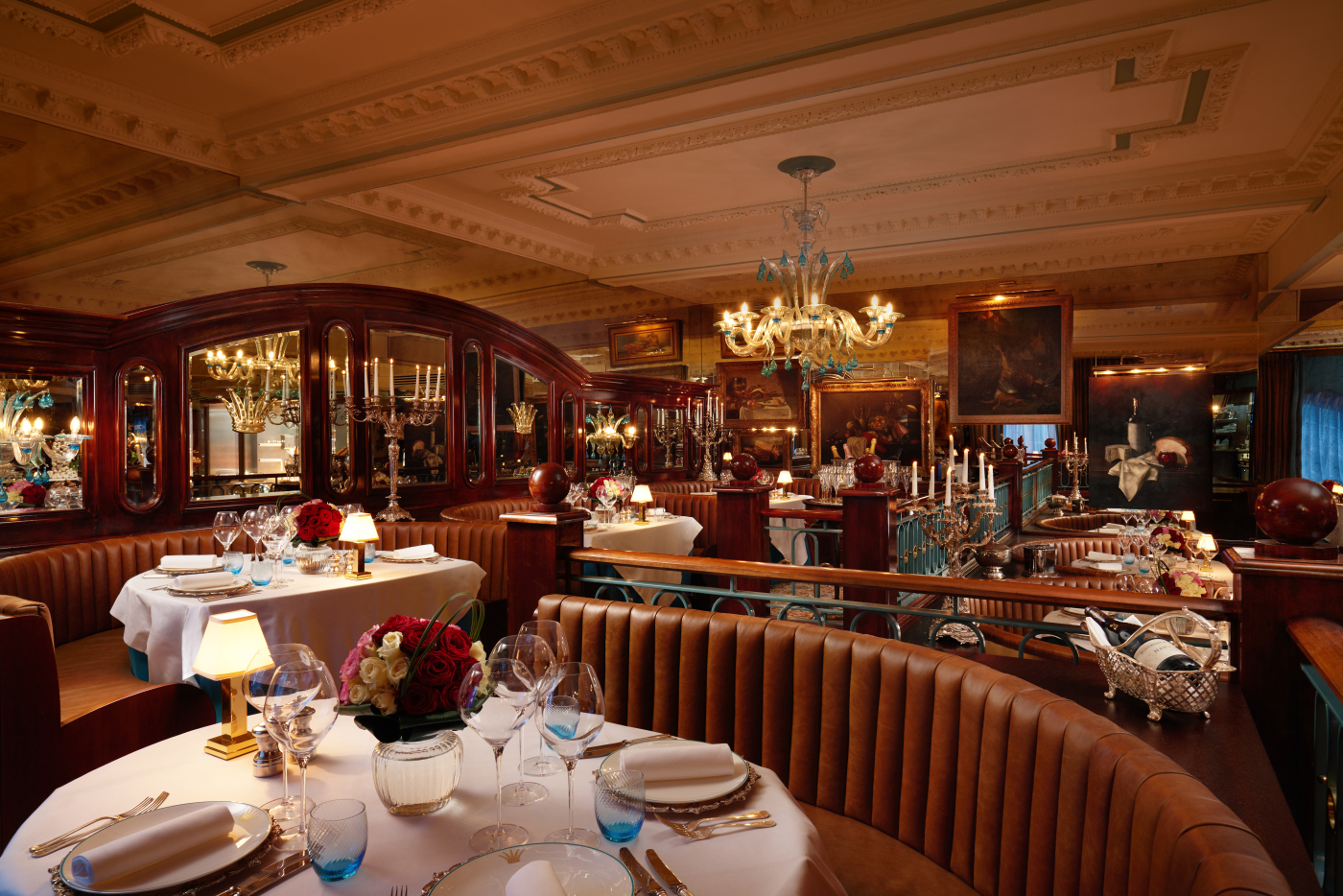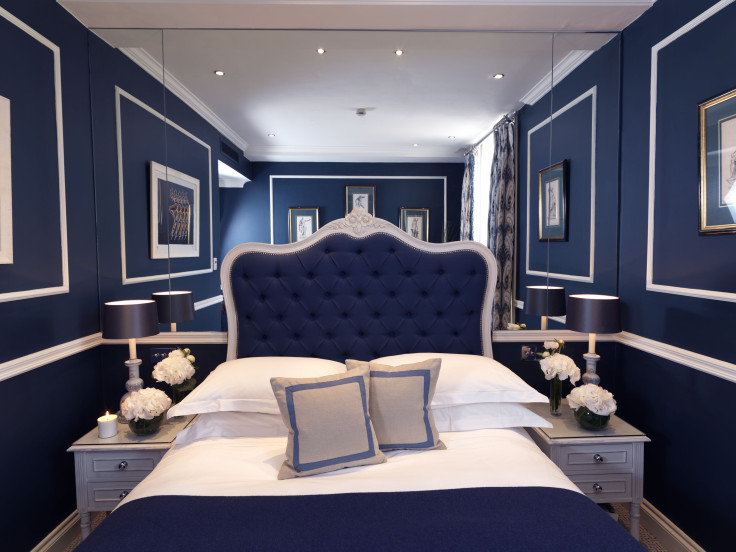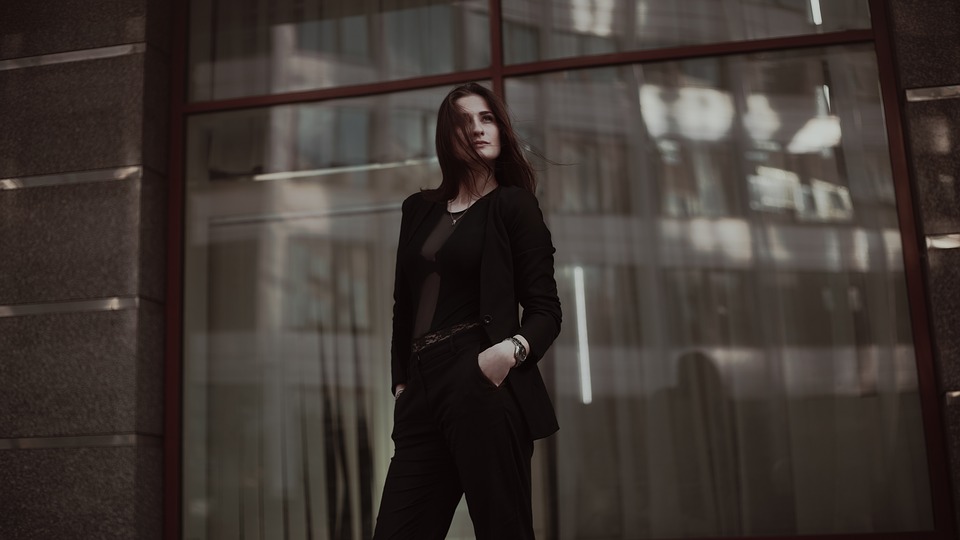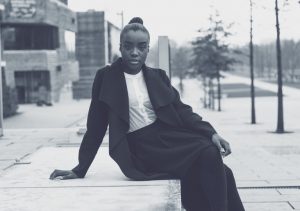
I’ve said it before and I’ll say it again, staying in at a Red Carnation Hotel Collection hotel is most definitely the new going out. By now I know the drill, to arrive as early as possible and selfishly engage in some personal indulgence, keeping the evening all to myself.
The Rubens at the Palace has recently been awarded five stars by the AA and so I was delighted to go and experience all the hotel has to offer following its recent refurbishment. The hotel is conveniently located in London’s fashionable Belgravia, close to London’s Victoria station and overlooking the Royal Mews of Buckingham Palace.
From the minute I arrived to the minute that I left, I was treated like a veritable princess. The service is impeccable and the team’s passion for hospitality is not only evident, but they really do take ‘female friendly’ service to the next level.
After a warm welcome and a seated check-in with a complimentary glass of champagne, I was personally escorted to my gorgeous treasure trove of a room. Stacked with glossy mags, oodles of Penhaligon toiletries, fluffy robes and a thoughtfully left foot-spa, I was all set for a solo girl’s night in.

I wasn’t tempted to avail myself of the extensive room service menu however as I was dying to try the newly refurbished English Grill. The English Grill is accessed via the stunning New York Bar, a cosy yet sumptuous hang-out decked almost exclusively with red furnishings and where one can catch live music for a pre-dinner drink or post-dinner nightcap. The English Grill is a heady mix of opulence and elegance, and as its names suggests, is unapologetically oozing with old English charm. Again, the attentive service was awaited me as I arrived. As a solo diner, I was offered a choice of places to sit where I would be most comfortable and I opted for a discreet look-out up on the balcony. I was offered a choice of reading material to counter any awkwardness or boredom but I was more than happy and comfortable to just soak up the beautiful surroundings.
Red Carnation’s founder, Bea Tollman is notorious for her love of good food and for her impeccable standards of hospitality so I knew the menu would be heavily influenced by her discerning taste.
I was given a delightful selection of bread and spreads as I took my time to peruse the extensive menu. Solo dining is a lovely treat for me and I particularly love engaging in such elegant surroundings, there’s a pleasure in dressing for dinner rather than a shop-bought in-room snack.
Aside from the grill menu options, there is also a daily roast dinner for each day of the week. Eventually, I opted for the delicious Lobster “Arnold Bennet” a rich and tasty twist on the famous Omelette Arnold Bennett, usually made with smoked haddock. For main, I opted for something lighter and went for the Grilled Dover Sole with a chunky tartare sauce with creamed spinach. I was quite disappointed with myself that I couldn’t manage one of the delicious-sounding classic desserts, such as the Fruit Crumble or the Eton Mess, but the hearty portions ensured that my appetite had been truly conquered. The most that I could manage was a light fresh mint tea before heading off to my sanctuary.
The Red Carnation hotels are noted for their ‘turn-down’ service and this time I was treated to a finding the glow of a floating candle in the bathroom as well as two thoughtfully left little gifts waiting for me, a lovely Elemis lip-balm and to my delight a copy of Bea Tollman’s memoir and cookbook, “A life in food” a charmingly inspiring read.

On the subject of cuisine, there’s no doubt that fine dining is at the heart of the Red Carnation Group, and I’m delighted to report that breakfast was equally delightful. Again, served in the English grill and is a charming way to start the day. Guests can enjoy an extensive continental buffet selection which includes chilled meats, fish, cheeses, fresh fruit and smoothies before ordering from the a la carte menu. Of course, the menu includes good old-fashioned staples such as the English Breakfast or Eggs Benedict but there’s a huge range of healthy options too, such as crushed avocado with poached hen eggs or Rubens Signature Coconut Kombucha Bircher Museli. My stay coincided with a speaking engagement and on those days I like to eat porridge for the slow-release of energy but I didn’t want to eat a lot of dairy – no problem – the kitchen was super quick to whip me up a soya milk based porridge with a naughty glug of maple syrup.
Whilst my stay was purely ‘for business’, Rubens at the Palace is the perfect hotel for both business and leisure stays and as most of us these days tend to blend the two I would really struggle to recommend anywhere in London that caters so beautifully and indulgently for its solo female guests, whatever the reason they travel.
Further Reading

A partner of Maiden Voyage we, Gray Dawes Group, are one of the UK’s leading Travel Management Companies and are striving to encourage other employers and other TMCs to do more to ensure their duty of care covers their female employees whilst travelling for work.

As part of your employer’s legal duty of care towards you, they’re obligated to ensure your safety at all times during any travel you have to undertake for business. Whether your company works with a TMC like ourselves or not, you should have a corporate travel policy in place.
Your corporate travel policy should outline all aspects of your business travel, from how to book your travel, which hotels/fares are included within your policy, who to contact in an emergency whilst you’re away, the approval process and your expense system. It’s important to familiarise yourself with this before booking your travel, and important to re-read and refresh your memory before your trip! But some of the restrictions and rules laid out in these policies can sometimes do more harm than good for female employees who are travelling alone.
There is a real need for both employers and TMCs to be more aware of the individual threats which face women when travelling alone for business, and this then needs to be reflected within corporate travel policies. To help educate both employees and employers, we’ve put together a list of things to keep an eye out for in your corporate travel policy. Don’t be afraid to bring any of these up with your employer, line manager or TMC and see what can be done to improve your company’s standpoint on these.
Location
Where are you being expected to travel to? Sometimes corporate travel can take you to countries or locations which are treacherous or even unsafe. If you’re expected to travel to a location which you believe could put yourself at even further risk, check to see if there are any additional measures which can be put in place to ensure your safety. If you’re pregnant, it is even more important to consider location when travelling for business. For example, there are certain countries it is not recommended for pregnant women to travel to due to the Zika virus – so definitely do your research beforehand.
Policy Hotels/Accommodation
How much do you know about the approved hotels in your policy? Before booking a room in a designated policy hotel, it’s worth considering a few things. Firstly – the location of the hotel, is it in a safe part of the city? Secondly, how safe is the hotel itself? Are there twin locks on the doors? Is the reception desk manned 24/7? As a Maiden Voyage member, you’ll be able to search their database of female-friendly hotels to see whether your policy hotels are on the list. Every hotel on the database has been vetted, in person, by a Maiden Voyage inspector and must pass minimum safety requirements to qualify.
Airport Transfers
What arrangements will be in place to collect you from the airport? Is it up to you to navigate public transport, or will a transfer be arranged? If a transport is being arranged, then ensure that you’re able to confirm the driver’s identity before you travel with them. If it’s down to you to make your own way to the hotel, then make sure you’re prepared and plan your journey ahead of time.
Travel Times
Does your policy state that you are required to travel outside of your usual business hours? If so, this could put you at risk of arriving at your destination in the evening when it’s dark and potentially unsafe. If this is the case, then have an open discussion with your manager to see whether alternative arrangements can be made.
If after looking at your corporate travel policy, you notice that any of the above points aren’t accommodated for, we would strongly recommend flagging these with your travel booker or HR department. Don’t be afraid to speak up when it comes to your own safety.
At Gray Dawes Group, we work closely with Maiden Voyage to ensure that all of our female corporate travellers are comfortable when travelling and aren’t bound by rules in their corporate travel policy which may actually work to their disadvantage. All of our travel experts have been trained by Maiden Voyage and are confident in helping you make the safest choices when travelling.
Further Reading

When you think of flight-wear, it’s easy to let your mind wander to aspirational territories. For example, the idea of jet-set fashion can conjure the image of a silk headscarf, paparazzi-shielding sunglasses, a sleek sheath dress and a pair of stilettos.
Yet, this sort of aviation attire is certainly not always realistic for the modern businesswoman. Similarly, the female business traveller can’t don a casual maxi and sandals like her fellow flyers. She may be headed to cooler climates, have to consider the religious customs of her destination, or may simply have to head straight to a conference or meeting upon landing.
Fashion maven Carolina Herrera argues that well-put together outfits can positively impact your travelling experience, stating “if you dress up at the airport you will actually be taken care of perfectly. You’ll be the one who the stewards look after the most.” Therefore, the best flyer fashion mediates the two ends of the spectrum and matches style and propriety. When dressing for a flight, you have to be mindful of your destination, your personal safety, and of course, the importance of dressing in an elegant, empowering manner.
Here at Maiden Voyage, we’re putting together top tips to consider when planning your wardrobe.
1 – When Packing, Ask Yourself What You Will be Doing When You Get Off the Plane.

In our interview with Maggie Semple, CEO of Semple, she talks about the importance of practicality when planning a travel wardrobe, saying, ‘the first question I ask myself, whenever I have to travel anywhere is, when I arrive, what will I need to do? Will I need to get off the plane and straight into a meeting?’
In short, don’t forget the importance of dressing for the occasion from even the point of packing your case. You may wish to ask yourself whether you will have to go straight from the airport to a business meeting, or whether you will have time to change at the hotel. If the former, your outfit will have to work for flying while also being business appropriate. Your clothing will have to mediate the cooler temperatures of the plane and airport, and also the potentially hot temperature of your destination. In such case, we advocate cover-up items such as pashminas for added warmth, but also to take the place of a headscarf should you need to cover your head in adherence to religious customs. Although it may be inappropriate to don the cultural costume, there may specific instances where particular religious garments such as an abaya or a hijab will be required.

The Maiden Voyage Team wearing our travel pashminas – and also echoing the cast of Sex and The City it seems!
By contrast, it is also crucial that you be mindful to not overtly express your religion in certain contexts. Namely, it may be a risk to wear a cross or crucifix in non-Christian countries. There is more about religious dress code further down this article.
During the packing process, it will be prudent to make sure you have at least one pair of flat shoes in your carry-on luggage. Simply, if you’re rushing straight to a meeting, you’d have to consider footwear that you can move easily in.
Other packing considerations include being mindful of luggage that identifies your sexual orientation or even displays the rainbow flag. Unfortunately, there are many parts of the world in which it is unsafe to be out as a member of the LGBT+ community, and it is paramount that you stay safe above all else.
2 – Bring pieces that you can take off and on as to accommodate a shift in temperatures.

This tip is a given, layering is essential given the cooler temperatures of both airports and planes. But bear in mind that that wearing more thin layers rather than fewer thick layers will effectively keep you warm. This is because the spaces in between the layers will trap an insulating pocket of warm air. In such case, we recommend flying with at least a pashmina, particularly as it can be styled to resemble a headscarf should you be travelling to somewhere with certain requirements when it comes to religious attire. This brings us to our next tip…
3 – Be mindful of the religious conventions of your destination.
International travel requires mindful consideration of the religious customs of your destination. Simply, when conducting business abroad, it is an expected courtesy to dress in accordance with any state religions.
What to Wear in a Buddhist Country
Although the following rules only strictly apply in a Buddhist Temple, when dressing for business you would want to err on the side of conservatism, and so, can’t go wrong when sticking to these following guidelines in a Buddhist country. Primarily, you would opt for trousers or shorts that fall below the knee, rather than skirts and short dresses. You will also cover your arms, wearing long-sleeves shirts, and ensure not to expose your midriff in any way. Although many locals are mindful of visitors dressing for the heat and humidity of Asia, many Buddhist countries prioritize propriety and will appreciate you adhering to these measures in a business setting.
What to Wear in Catholic and Christian Countries
Whilst many Western Catholic or Christian countries enforce fairly lenient rules on dress code, even in a business setting, but they can be stricter in some European countries. This is also a good reason to wear the pashminas that we’ve suggested you bring. For instance, should you wish to visit a church or cathedral, not only are the temperatures generally cooler, but some will require women to cover their hair – where the versatile pashmina comes in handy. This is certainly the case in Russian Orthodox churches. Similarly, should you be travelling to Rome, it’s been known that some women have been turned away from the Vatican because they wore strapless tops or short skirts, despite conducting business in a café or one of the many cultural sights.
What to Wear in Jewish Countries
Although Israel is a fairly liberal destination, even for business occasions, travelling to Jerusalem carries many geopolitical considerations, and it pays to err on the side of caution. To play it safe, when travelling to Jerusalem, wear shirts that cover the shoulders or a cardigan, and smart close-toed shoes. If you also wish to visit a Synagogue, the smart dress code you’d be sticking to for any business would also apply.
What to Wear in Hindu Countries
Hindu countries, or loosely speaking, Nepal, India and Mauritius, are all incredibly hot and humid, making it tempting to want to wear very loose clothing, in a light fabric such as linen. In such case, it may be a good idea to source a linen trouser suit, or long-sleeved blouse and light trousers that would make business travel more manageable. In terms of religious etiquette, the only real concerns come should you be visiting a Hindu Temple itself, but it should be known that the rules of entering are similar to a Mosque. Namely, you will be required to take your shoes off at the door and you may find that many of the local women cover up their hair as well. Although it’s difficult to enforce, you may also wish to note that women are forbidden from entering Hindu temples if they are menstruating.
Dress Codes for Different Muslim Countries

While there are essential rules to follow whichever Muslim country you visit, yet customs will vary depending on the place that you’re travelling to. Overall, Islamic dress codes will require women to wear a headscarf, a long skirt, or loose trousers, and a long-sleeved tunic or coat that reaches the knee. However, in Dubai, westerners can dress as they wish when at resorts but wear modest clothing when out in public. If, however, you’re travelling to Iran, then it is imperative, and a legal requirement to wear a long coat/tunic over your regular clothes to cover your head with a scarf.
Ultimately, modesty is paramount, loose, light pieces are practical. Maggie Semple describes her decision to wear trousers for any long-haul flight when saying, ‘I’ll wear trousers, soft trousers, they could be a mixture of silk and linen, just to give them some structure, and they may crease little but not too much.’ If you pack one extra item, make sure it’s a pashmina or headscarf, as to mediate any instances in which you have to cover your head. If you only pack one extra item, make sure it’s a scarf for covering your head or shoulders as the need arises. In Islamic countries, if you’re seen to respect customs and norms, you’ll find that the respect is reciprocated.

It is always important to consider how you dress before you fly, and how you will be perceived from the moment you land. Ultimately, despite the notion of travelling inspiring a feeling of jet-set glam, you’d be better playing it safe. Linen or silk trousers, light layers and pashminas are always recommended and allow you to accommodate both changes in climate and the religious customs of your destination.